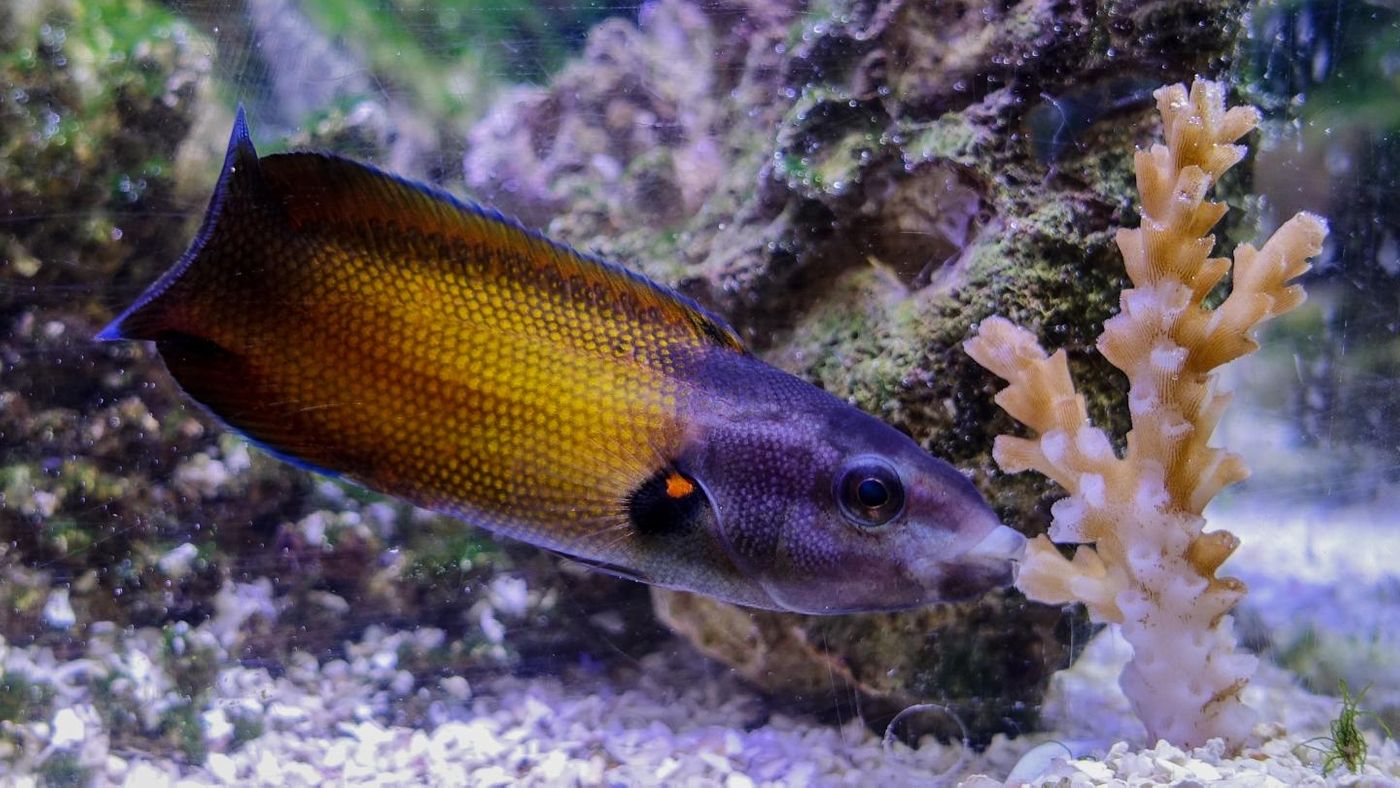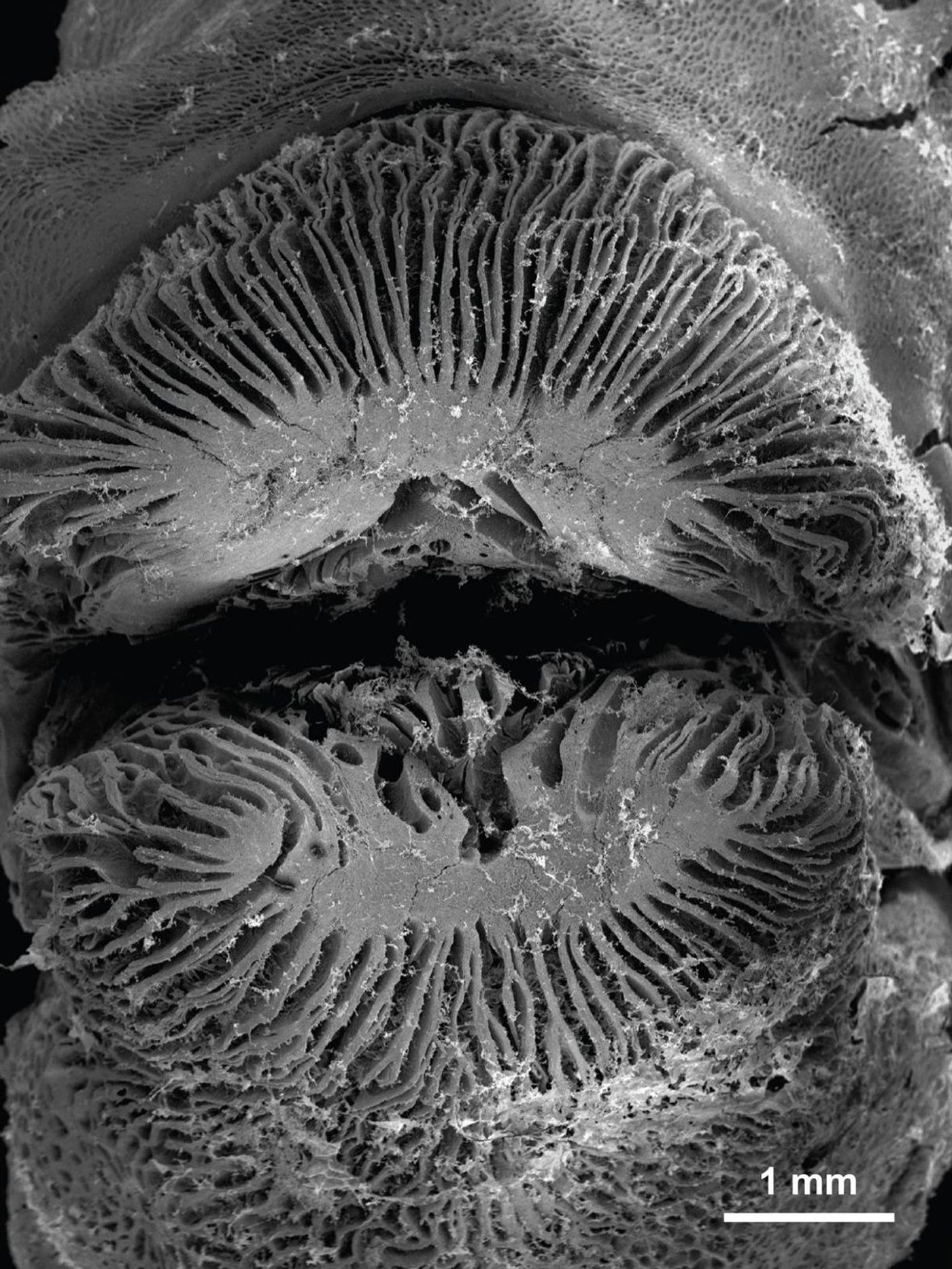This Fish Has Unique Lips That Protect it From Coral Stings
There aren’t many reef-feeding fish out there, mostly because coral reefs have developed defense mechanisms to prevent becoming a fish’s lunch. Among those, some have external jellyfish-like nematocyst-laden tissues that deliver quite the unfriendly sting to any sea creature that tries to take a bite.
On the other hand, there are a small handful of fish that have evolved to outperform the reef’s defenses. One example, a fish dubbed Labropsis australis (more colloquially known as the tubelip wrasse), uses a special adaptation in its plump, protruding lips to its advantage. It’s described in a study published in the journal Current Biology.
Image Credit: Victor Huertas and David Bellwood
According to the research, the lips secrete a lubricative mucus that helps protect the fish from harm in the process of nibbling on the coral. Any other fish without this adaptation would feel the wrath of the coral’s passive self-defense mechanism, and be scared away, or worse, injured.
"The lips are like the gills of a mushroom but covered in slime," says David Bellwood of James Cook University in Australia. "It is like having a running nose but having running lips instead."
Related: The Texan coastline is littered with dead fish
To get an understanding of how the tubelip wrasse’s lips worked, they used an electron scanning microscope to obtain close-up images of their self-defense mechanism, and it would be an understatement to say that they were quite unique compared to other wrasse species that don’t feed on coral.
Image Credit: Victor Huertas and David Bellwood
They’re described as being a lot like ‘the gills’ found on the underside of a mushroom, only slimy due to the mucus excretion.
The lips are used as a suction mechanism so that the tubelip wrasse can ‘kiss’ the coral without being stung. As they are doing so, they are believed to suck the mucus out of the coral, which is their primary source of nourishment. This is known as suction feeding.
"One always assumes that fishes feed using their teeth, but, like us, the lips can be an essential tool," Bellwood says. "Imagine feeding without lips or cheeks; the same applies to fishes."
Related: This fish exhibits natural androgenesis
The research is interesting, but it raises a lot of questions. For example, are there any other fish species that feed in the same or a similar way? And do tubelip wrasse’s feed on anything else? These are questions that additional research might be able to provide more insight on.
Source: Popular Science










